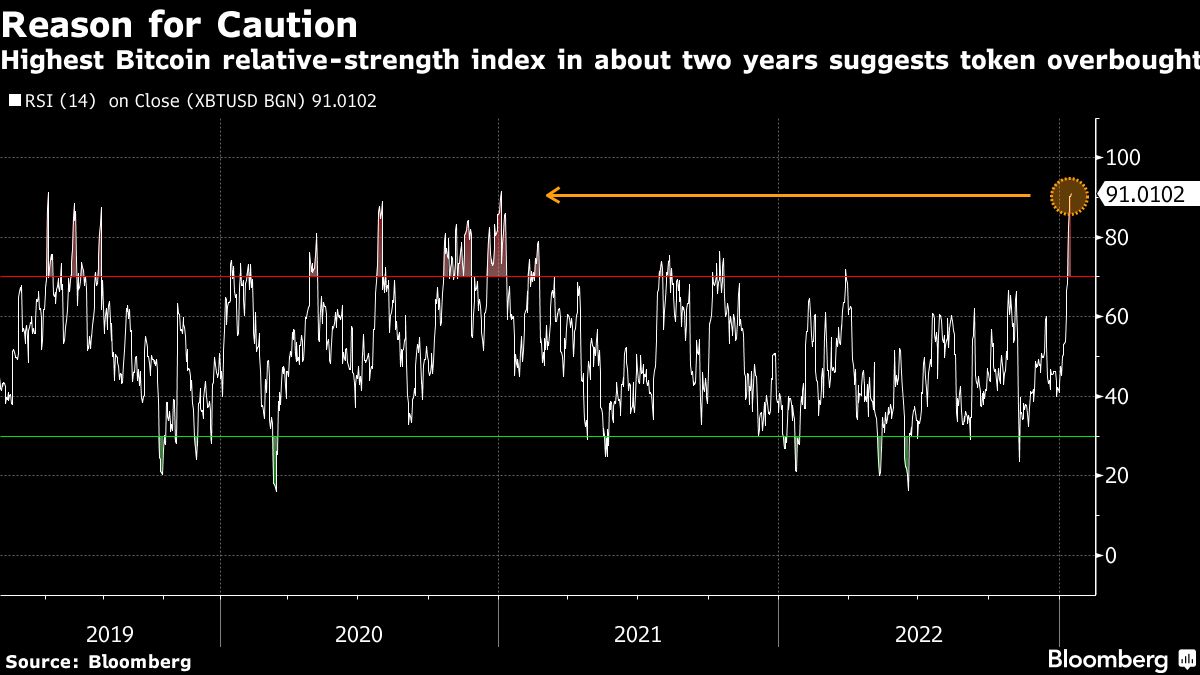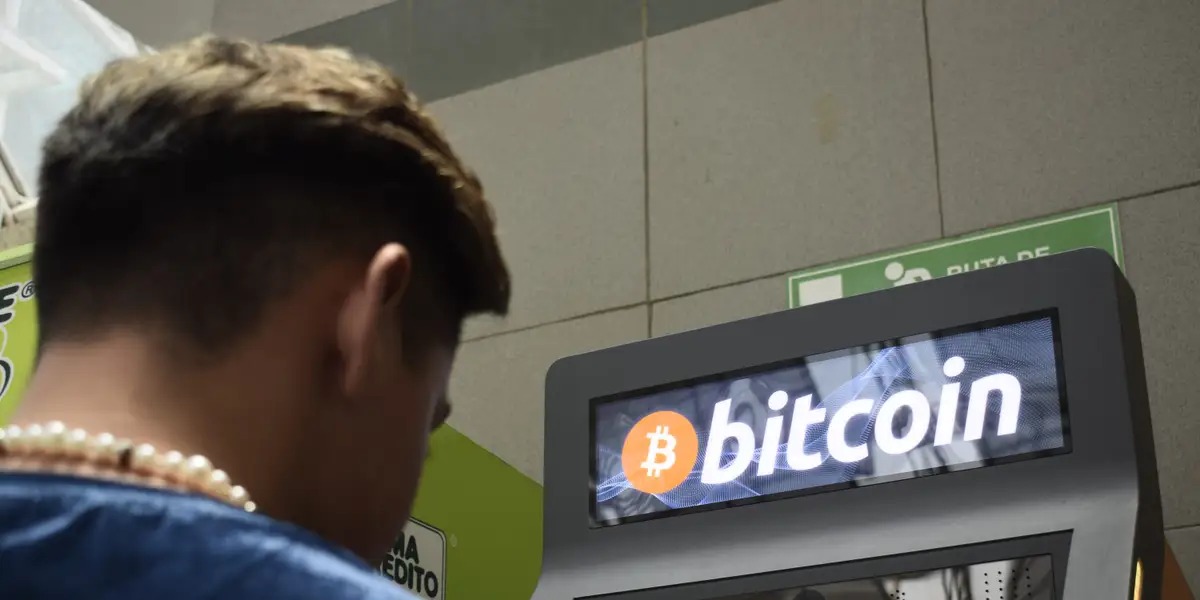
MicroStrategy Chairman Michael Saylor revealed the firm had converted his corporate email into a Lightning Address – an indication of the company’s continued optimism about Bitcoin ( BTC).
In a tweet posted on April 17, the former MicroStrategy Chief Executive Officer revealed that people keep sending him 21 sats.
Now that the conversion is complete, people can send BTC using Saylor’s email address as an identifier.
Bitcoin enthusiast Walker stated that the business intelligence company has integrated the Lightning feature in all of its corporate addresses.
As of the time of publication, MicroStrategy had not yet responded to CryptoSlate‘s request for comment.
Wu Blockchain reported ‘the integration uses Lightning Address protocol’, which allows developers replace standard Lightning Payment Requests with Internet identifiers such as email address.
The community welcomes integration
While several members of the crypto community have welcomed the announcement, some have tagged Coinbase’s CEO Brian Armstrong. Coinbase’s CEO hinted recently that the U.S. based crypto exchange will integrate this feature.
Saylor confirmed in 2022 that MicroStrategy worked on Lightning. The BTC maxi at the time described Lightning as a ‘technology investment’ and the internet of money.
In recent years, the adoption of Bitcoin lightning network has increased. According to DeFillama , the total value of assets on the layer2 network is 5,328 BTC or roughly $162,000,000.
MicroStrategy, on the other hand, has spent 4.17 billion dollars to accumulate 140,000 BTCs since March 2021 when it adopted the BTC standard. Recently, the company’s BTC positions turned positive when the digital asset briefly traded over $30,000.
Several traditional financial institution have purchased MicroStrategy stock to gain indirect exposure BTC. The stock of the company is up 114% year-to date, making it one of the top performing crypto stocks for 2023.




